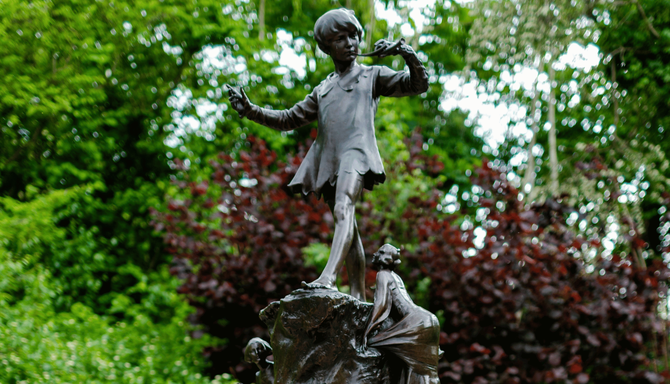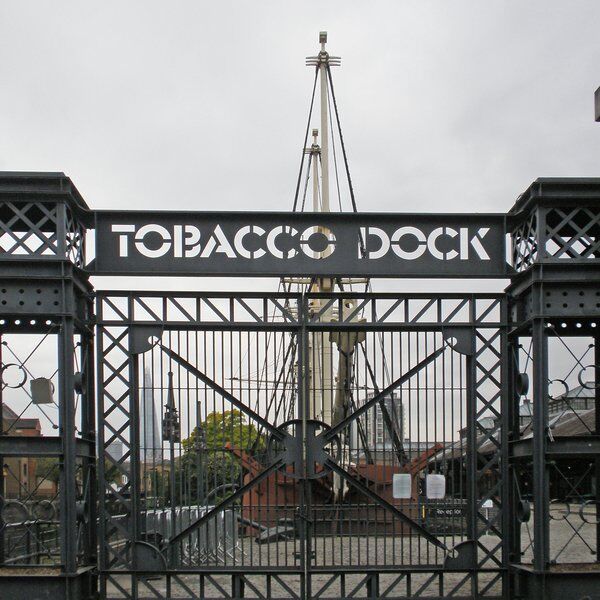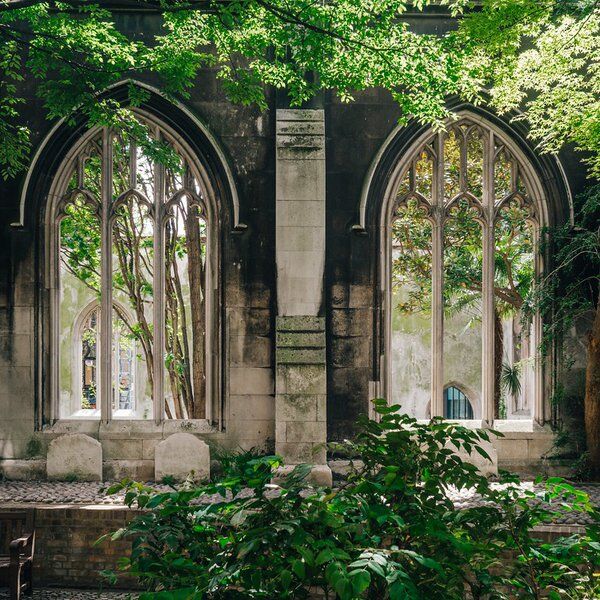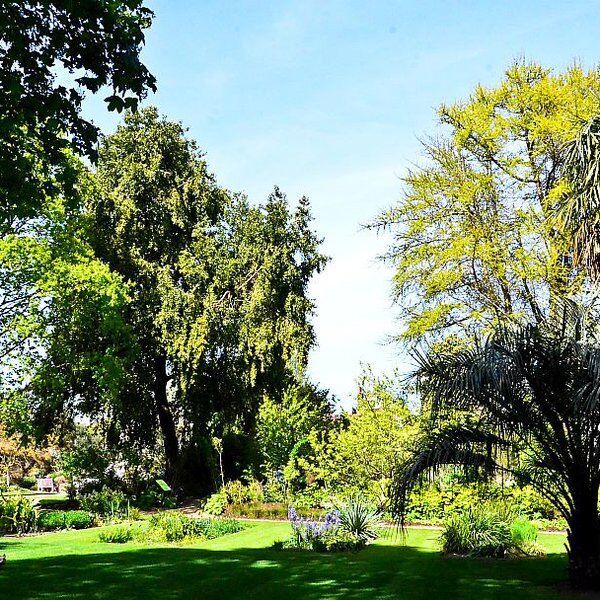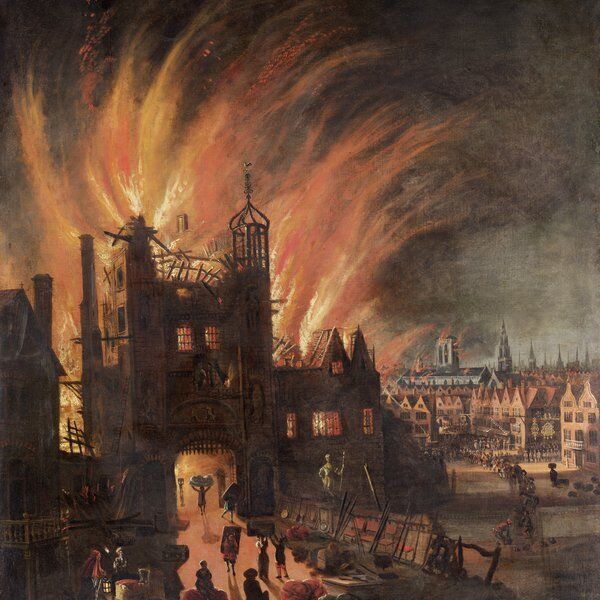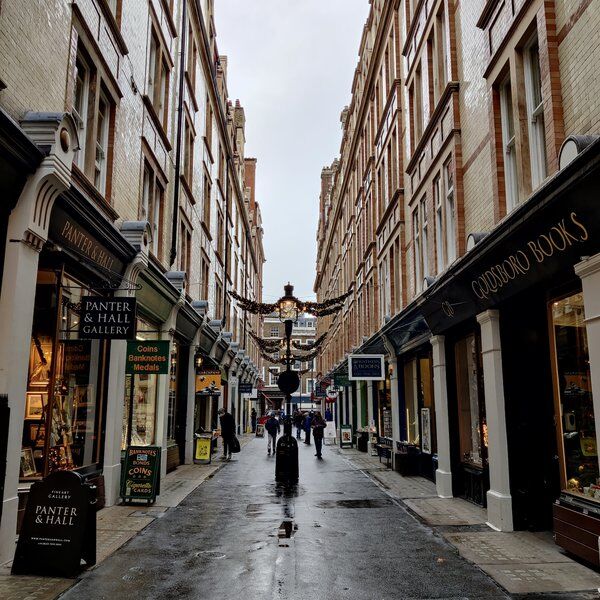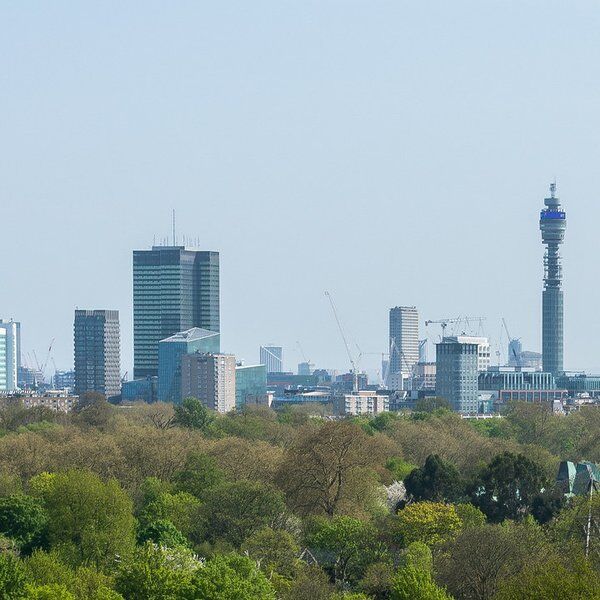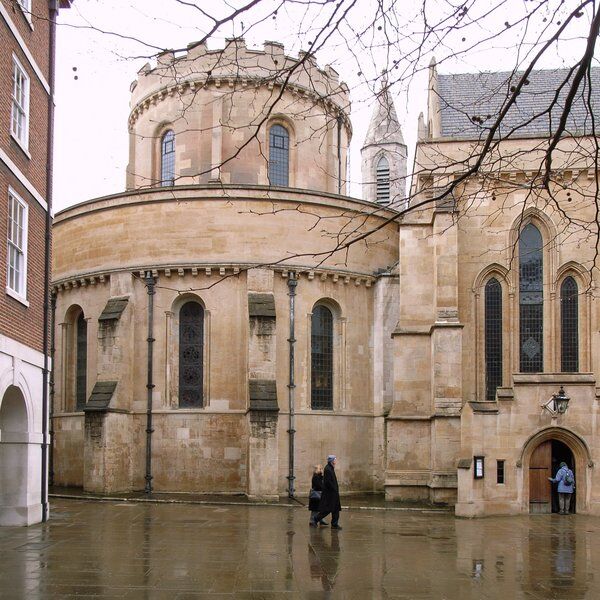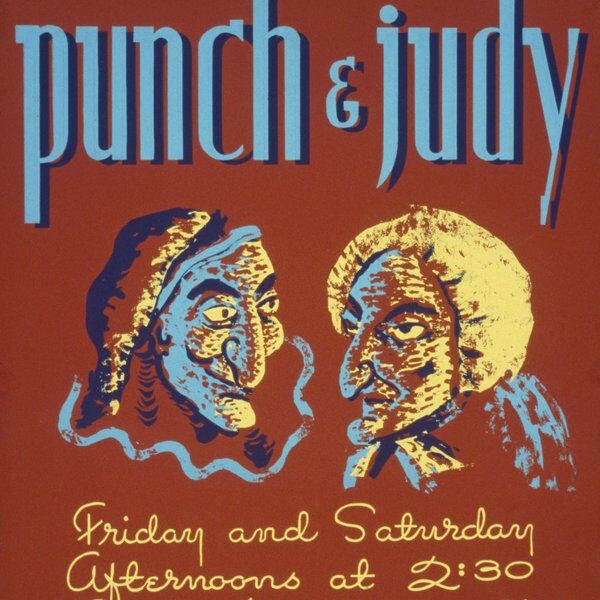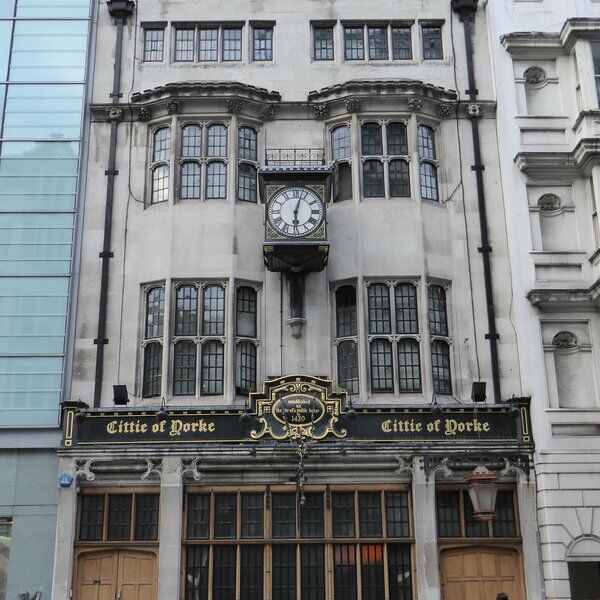For almost 100 years, Londoners and visitors alike have been enchanted by the Peter Pan statue tucked away in west London’s Kensington Park.
Peter Pan has become a global symbol of childhood, mischief and imagination, but as many also know, the origins of the character are far more sad (and sinister, depending on who you ask).
How the Peter Pan statue came to be in Kensington Park is a tale almost as beguiling and fascinating as the original text to feature him, Peter and Wendy.
Read on to discover how advertising, fairy folklore, Greek mythology and even a little controversy led to the creation of the now world-famous homage to children’s literature, the Peter Pan statue…
Before The Peter Pan Statue: Stage, Page, Statue and Screen
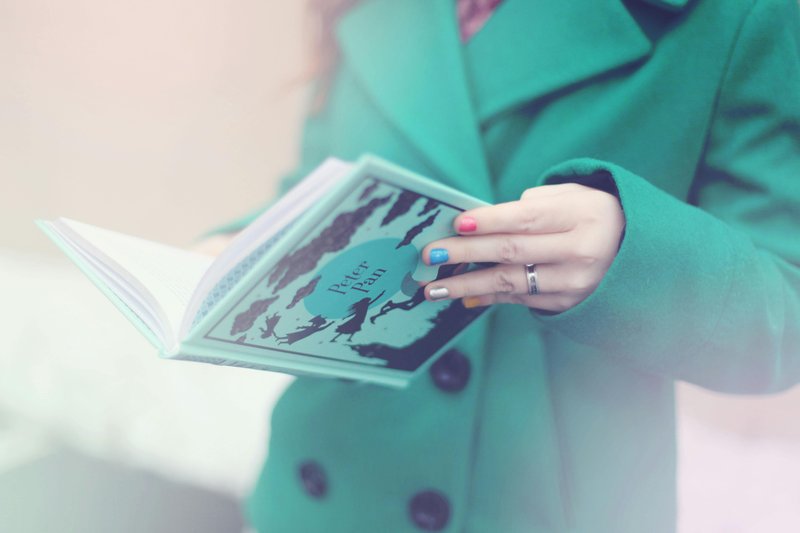
It is highly unlikely that you need an introduction to Peter Pan or his cultural significance, but it is worth pointing out that there are many fascinating aspects to the character that you may not already know about.
The image you have of the Disney, green clad, boyish cartoon character is just one iteration of many interpretations of Peter, who started “life” as a character in Scottish author J M Barrie’s debut novel, The Little White Bird, published in the UK in 1902.
This novel (and later the play and eponymously-named children’s book) were inspired by Barrie’s friendship with the Llewelyn Davies family, including parents Arthur (the father) and Sylvia (the mother), the latter being the aunt of the famous novelist, Daphne du Maurier.
Their children were the inspiration for the “Lost Boys”, whom Barrie met in Kensington Gardens while visiting with their nurse.
The character then became a protagonist in the play, Peter Pan, which made its theatrical debut at the Duke of York’s Theatre in 1904. The play’s success led it to New York City the following year, and in 1911, the screenplay was adapted into the novel that many of us were introduced to as children.
The History of The Peter Pan Statue
The Peter Pan statue in Kensington Gardens was first “unveiled” in May 1912, but that doesn’t really do the story justice.
The idea for the statue came directly from J.M. Barrie, who wanted to bring his character to life in the very gardens where Peter’s adventures were first imagined, and where he’d had his first encounter with the Llewelyn Davies boys.
Barrie financed the statue himself and kept its arrival a secret, arranging for it to appear almost magically overnight. Newspaper reports from the time describe how the statue was installed by workmen who worked behind curtains so the public couldn’t see what was happening.
When children arrived the next morning, they were delighted to discover Peter waiting for them, as if he had flown straight from Neverland into the park.
The statue was sculpted by Sir George Frampton, one of Britain’s most respected artists of the time, known for blending realism with decorative detail. He later became an elected member of the Royal Academy of Brussels in 1926.
Frampton created a bronze figure of Peter standing confidently on a tree stump, surrounded by small animals and fairies, capturing both the innocence and mischief of the boy who never grew up. His careful craftsmanship ensured the statue was not just a work of art, but also a playful symbol that children could connect with on their visits to the gardens.
By placing the statue near the Long Water along the Serpentine, Barrie ensured that Peter Pan would forever be tied to the setting where the story began. The secret overnight installation was Barrie’s way of creating a real-life moment of magic, just as Peter Pan himself might have done.

Symbolism and Artistic Details of The Peter Pan Statue
The Peter Pan statue is made from bronze, and true to Barrie’s wishes of secrecy and “natural” placement, depicts Peter standing atop a tree stump that looks like it might have emerged out of the ground (with a little help from fairy folks).
A Greek Connection
Anyone who’s interested in Greek mythology will hardly have missed the “Pan” reference in his name.
In case you’re not familiar with him, Pan is the mythological Greek god of the wild, shepherds, flocks, music, and friend of nymphs. He’s often depicted playing the flute (as is Peter in the Peter Pan statue).
Don’t be fooled by his gentle, “Cottagecore” description, though: it is Pan who lends his name to words like “panic”, as his presence could instill fear and terror in those who encountered him in the wild.
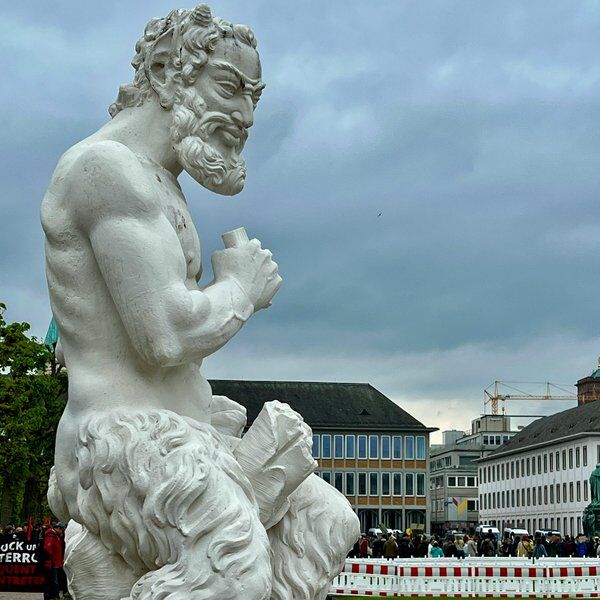
According to some reports, Barrie was disappointed that the Peter Pan statue didn’t show this more sinister side to Peter Pan’s character, going so far as to say that the depiction “didn’t show the Devil in Peter”.
Details on The Peter Pan Statue
No, you can hardly say that the Peter Pan statue in Kensington Gardens instills fear in anybody, least of all the many visitors who turn up to admire him to this day.
At the centre of the Peter Pan Statue, Peter stands proudly, playing his pipes with a sense of youthful confidence. His pose captures the more positive aspects of J.M. Barrie’s character: adventurous, mischievous, and forever young.
What makes the statue especially enchanting are the hidden details carved around the base. Look closely and you’ll find fairies, rabbits, mice, frogs, and squirrels climbing and playing among the roots of the tree stump.
These tiny creatures give the sculpture a sense of movement and life, as if the magic of Neverland had spilled into Kensington Gardens. Symbolically, the animals and fairies could reflect Barrie’s themes of childhood innocence, imagination and the harmony between nature and fantasy.
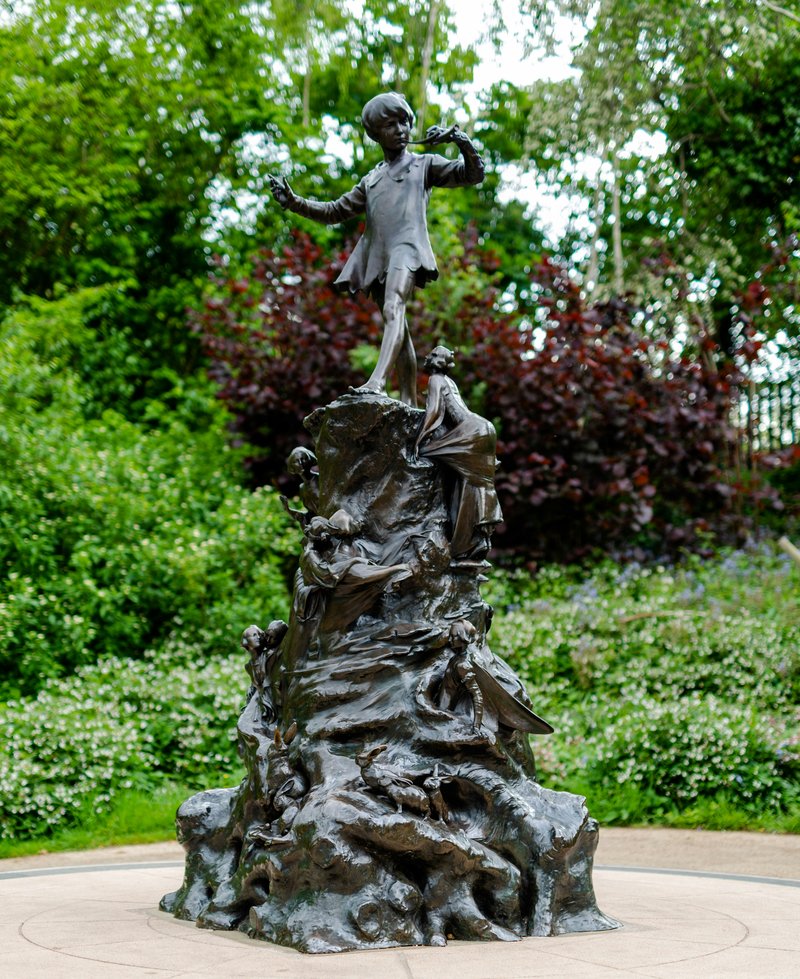
Location in Kensington Gardens
If you’re trying to track down the Peter Pan statue today, you’ll find it on the west side of Kensington Gardens along the east bank of the Long Water.
To reach it, enter Kensington Gardens near Lancaster Gate or Queen’s Gate, then follow the path toward the Long Water which connects to the famous Serpentine. The statue is located roughly halfway along, near the Italian Gardens. It’s well signposted, but part of the joy is stumbling across Peter unexpectedly among the trees.
As we said before, the placement of the statue is no accident. It was here, while walking with the Llewelyn Davies boys, that he first spun tales of Peter Pan and his adventures. In fact, Barrie’s book Peter Pan in Kensington Gardens (1906) directly connects the character to this very landscape.
By situating the statue beside the Long Water, Barrie ensured Peter Pan would forever be tied to the place of his creation. Visitors standing by the statue can look out across the lake and imagine the moment Peter flew out of his nursery window, taking Wendy and her brothers into the night sky.
Visiting the Peter Pan Statue
Nearest Underground Stations and Bus Routes
The statue is located in Kensington Gardens. The nearest Underground stations are:
- Lancaster Gate (Central Line) – about a 10-minute walk.
- Queensway (Central Line) – around a 12-minute walk.
- South Kensington (District, Circle, and Piccadilly Lines) – about 20 minutes on foot through the gardens.
Several bus routes stop nearby, including numbers 94, 148, and 274, all of which serve stops close to Kensington Gardens’ entrances.
Best Times to Visit
For those hoping to capture the statue at its most magical, we think the early morning hours offer soft light and fewer crowds, perfect for photography. Sunset is also lovely, especially if you’re going to walk around the rest of the gardens.
And, as with most places in London, consider visiting on weekday mornings when the gardens are less busy if you’d rather beat the crowds.
Find More Things to Do in London with CityDays
Whatever your interests are, there’s always something new for you to discover in London.
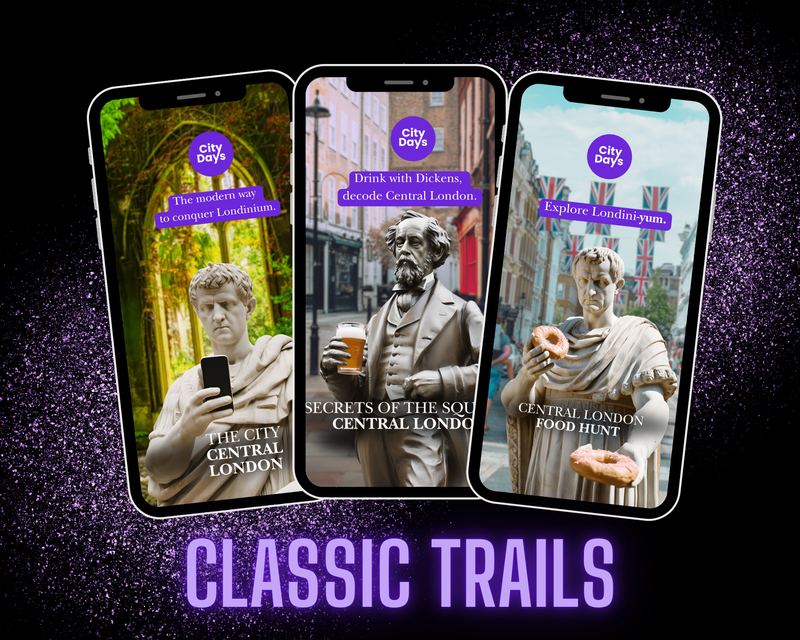
In fact, you don’t have to go out of your way at all to find them - you just have to know where to look.
You’ll find curated trails and treasure hunts all over London, including Central London, Mayfair, Shoreditch, Kensington and Southwark.
All you have to do is team up with your partner, friends, family or whoever to solve riddles, complete challenges and answer trivia to lead you on an unforgettable journey around London’s most intriguing streets.
The best part? We’ll recommend top-rated pubs, cafés and restaurants and give your team the chance to earn rewards by competing on our leaderboard.
